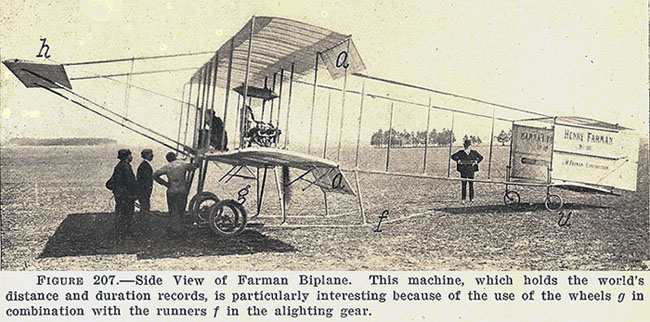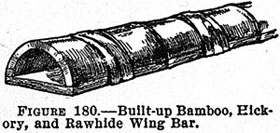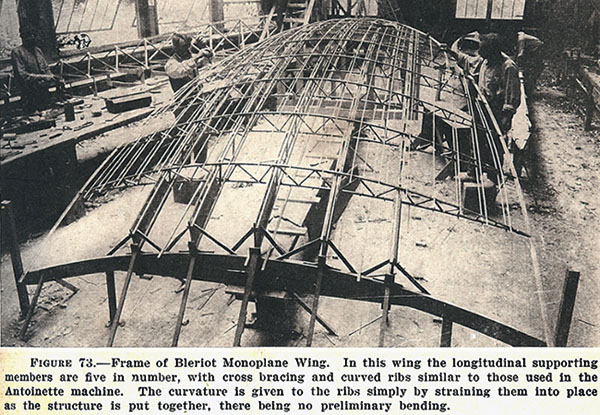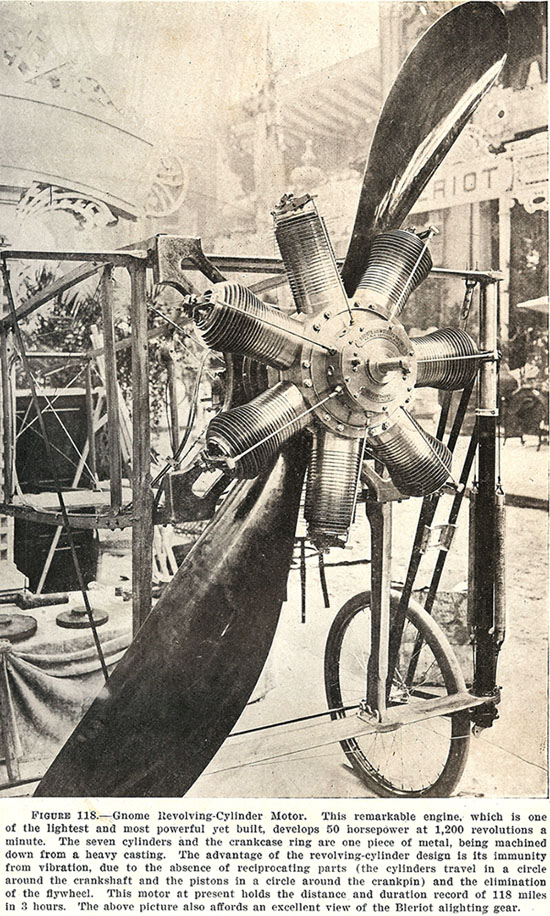A Fine Early Aeroplane Book
Today, where were the first aeroplanes going?. The University of Houston's College of Engineering presents this series about the machines that make our civilization run, and the people whose ingenuity created them.
The first comprehensive book on flight, Vehicles of the Air, is remarkable on two counts: One is how early it appeared -- 1909, six years past the Wright Brother's first powered flight. The other is its author, Victor Lougheed, whose two younger brothers, Allan and Malcom, went on to form "Lockheed" Aircraft Company.
But Victor Lougheed was no airplane builder. He was a noted automotive engineer -- a founder of the Society of Automobile Engineers. The leap from ground to air was counter-intuitive, but he made that leap, if only on paper. Here is a vast state-of-the-art account of embryonic flight. And he wrote it while this intense, wholly grass-roots, technological revolution was unfolding.
My 1910 edition ends with table purporting to list every flight made up to then -- over 800 of them. They range from little over a hundred feet to just shy of two hundred miles. Try to imagine a world where someone could still attempt, or even conceive, such a list.

Lougheed knows that this band of brothers, these new airplane people, will change life as we know it. But how? He struggles to see. "... there enter prospects that loom [over] the whole structure of modern society ..." he says. "Laws, customs, and conventions must fall in the tremendous readjustments that will ensue."
He was right, of course. I've read so much hyperbole from that period and never seen anyone turn such cool and intelligent focus on the question, "Where will flight take us?" Lougheed is an engineer posing real questions in search of real answers. When he does speculate, he does far better than the journalists or the airplane builders around him. For his futurism is incidental to a solid treatment of how others have made their aeroplanes.

 His discussions of fluid flow, engine and propeller design, airframes, bearings and transmissions, fittings and fabrics ... are all are lovingly complete. Toward the end, he gives plans for whole aeroplanes. I'll post a few on the web so you can build your own Wright biplane -- or your own Bleriot or Santos Dumont monoplane.
His discussions of fluid flow, engine and propeller design, airframes, bearings and transmissions, fittings and fabrics ... are all are lovingly complete. Toward the end, he gives plans for whole aeroplanes. I'll post a few on the web so you can build your own Wright biplane -- or your own Bleriot or Santos Dumont monoplane.

Lougheed says a lot about safety. He claims that these early aeroplanes have logged a total of 150,000 miles with a mere eight deaths. But wait a minute: that's one death per 18,000 miles and the the cost of early aeroplane development would become far worse before it became better.
Today we're down to roughly one passenger every thirty billion passenger miles. And Lougheed knew things would improve. He points out that many people in his day still fear early automobiles when they are already much safer than horse travel.
Well, that, like the rest of the book, makes us stop and think. Who can read the
future of any new technology? No one can. No one! Yet Lougheed came close because he was an engineer simply weighing a question, when he had no personal stake in the answer.
I'm John Lienhard at the University of Houston, where we're interested in the way inventive minds work.
V. Lougheed, Vehicles of the Air: A Popular Exposition of Modern Aeronautics with Working Drawings. (Chicago: The Reilly and Britton Co. 1909/1910). All images from this source
See Engines Episode 1781 which is about Victor's remarkable mother, Flora Haines Loughead (notice that the spelling kept changing.) My thanks to Robert Wells for my copy of Lougheed's book.
I've posted airplane plans for -- click on the name:
The Wright biplane
The Santos-Dumont Monoplane
The Bleriot Monoplane Number XI
The Farman Voisin
